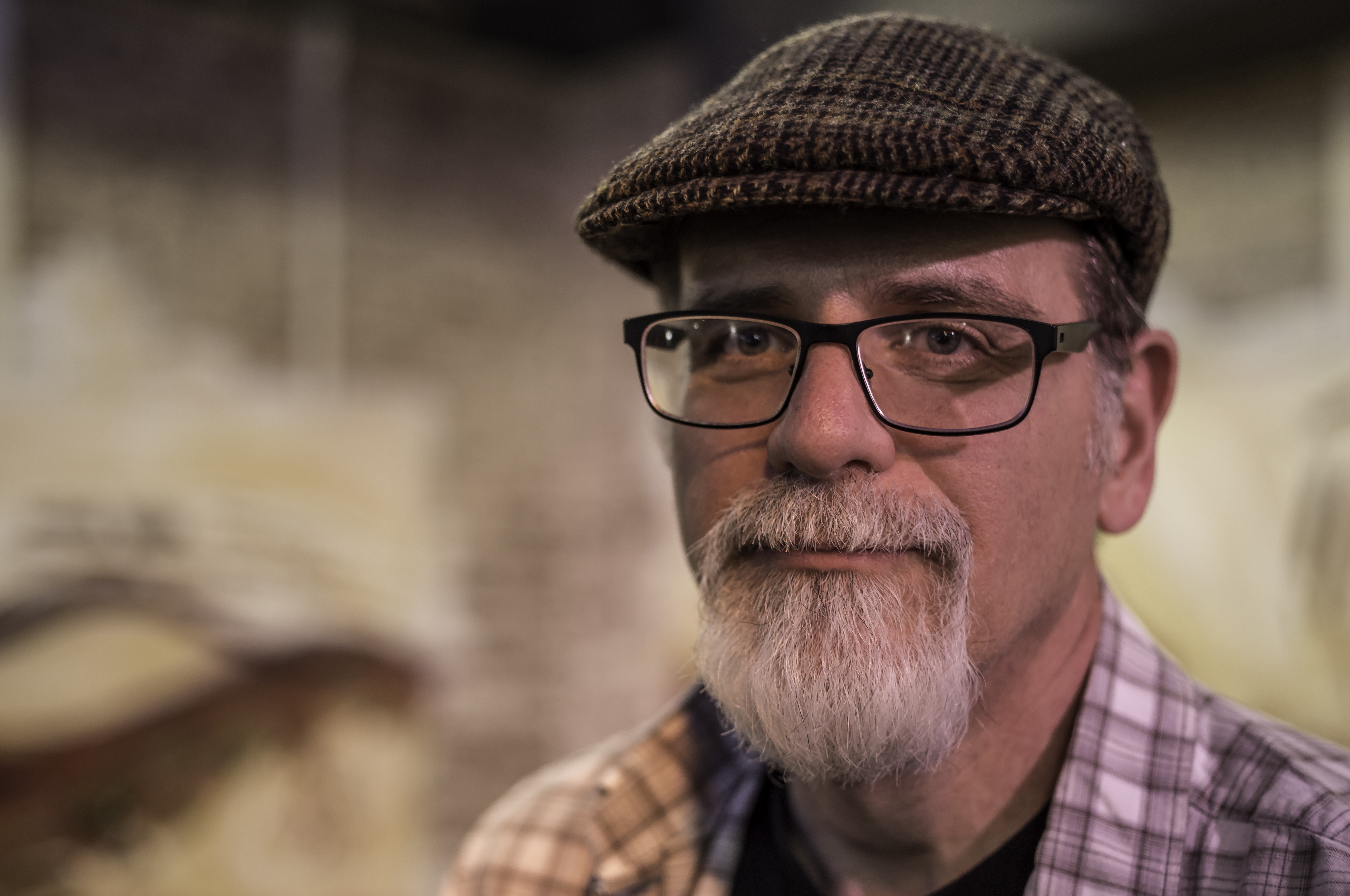What Has Photoshop Wrought?
Twenty-five years of Adobe Photoshop
I have been experimenting with a new photography printing project in which I transfer layer after layer of photographic inks printed on plastic to the same piece of wood, building a transparent depth that I hope the viewer will gaze into and discover new things along the way. I describe this method to my students as doing Photoshop without a computer. That of course is not fully true. I still shoot with a digital camera, use Photoshop or Lightroom to process the image, use a computer to run the printer that puts thousands of droplets of inks onto plastic—but I no longer do the layering in Photoshop.
Photoshop has changed the way we think about photography and especially the way we think about printing and viewing photography.
Since this year is the 25th anniversary of the creation of Adobe Photoshop, I thought it might be a great time to reflect on how Photoshop has changed our cultural way of thinking. I have only used Photoshop since version 2, which was released in 1991, so I have only been using the program for two dozen years.
Photoshop has changed the way we think about photography and especially the way we think about printing and viewing photography. For the first 10 years of Photoshop I still used film, then scanned the film so that I could manipulate it into composites I have called digitography. (If you want to see some of the early experiments go to Seeing Jesus and click on the links to see more photos, scriptures, and short videos.) Digital cameras eventually surpassed the quality of film and have almost totally filled my photography and image creation work. The processing and preparation of the image for either print, epublication, or web display involves this software.
When Photoshop added layers, I was able to really composite and to make more complex visual relationships, since each layer remained available for editing and change. I still remember when I realized that I was having dreams in layers. Photoshop had opened a window to transform not just the single photograph but my whole artistic vision.
Not all that has come with Photoshop is to be celebrated. Photoshop has made it possible to create thinner and thinner models, or to make our cultural stars appear thinner than they really are. Our conceptions of beauty have also become more difficult to achieve without digital plastic surgery. I suggest what we expect in senior portraits and wedding photography has changed so that it becomes more like a fashion shoot than a moment of celebration. Body by Photoshop is not far from the reality for many images we see. In fact, the un-retouched photograph might even now be considered remarkable. It is this very thing that has driven me to the experiments in printing that I mention in paragraph one.
Photoshop has also changed our conceptions of the reality of a photograph. During a recent exhibit of some of my images from the Baltics, someone asked if I had photoshopped them to create the color and lighting. I assured them that I just planned when to take the photograph based on where the sun would be. Many viewers no longer assume a photograph has veracity, since we all have some idea of what can be done with a computer and Photoshop. This challenges all photographs, which may actually be good, since I think consumers of images should be more aware of how photographers change reality with their choice of lens, their choice of timing, and with the angle of view they use. The viewer is rarely informed about what was just outside of the frame.
In the early days of photography, painters were liberated from the need to paint realistically, since a camera could do that faster. Photoshop has given photographers the same sense of liberation. No longer were photographers bound by what was in front of the lens at a moment in time, but they could merge many times, places, people, and ideas into one final image. Now families that experience divorce can choose to divorce the person from family images, or in reverse add to events people who weren’t even present. I wonder how this will affect our memories, since we often look back at images to verify who we were with and what we were doing.
I wonder what might come next. What will be possible? What will it tempt us to obsess about? How will it change our understanding of truth? What will images look like when Photoshop turns 50? Never underestimate the possibility that awaits us. To the next 25 years!




